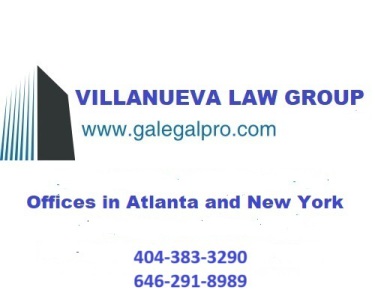Bankruptcy Law
-
If you consistently struggle to make payments and your debt exceeds your ability to repay, bankruptcy might be a viable option.
-
If you are being hounded by creditors or face the prospect of lawsuits or garnishment of wages, bankruptcy could offer temporary protection.
-
If you're facing foreclosure or repossession, bankruptcy may help you retain these assets.
-
Explore other options like debt management programs or debt settlement before considering bankruptcy.
-
If your debt is significantly larger than your income, or if it would take a long time to repay, bankruptcy might be worth considering.
-
If you're unable to afford basic living expenses after paying your debts, it's a strong indicator that you may need bankruptcy.
-
Bankruptcy negatively impacts your credit score, making it harder to borrow money in the future.
-
Depending on the type of bankruptcy, some assets might be liquidated to pay creditors.
-
The primary purposes of bankruptcy laws are to relieve honest individual and commercial enterprise debtors from indebtedness and to provide
them with a fresh start. Title 11 of the United States Code (the bankruptcy code) regulates the bankruptcy proceedings, including what chapter under which a debtor may file, what bills can be
eliminated, how long payments may be extended, what possessions can be kept, and all other details concerning the bankruptcy. If the debtor initiates the bankruptcy it is called a voluntary
bankruptcy. If the creditor initiates the bankruptcy it is called an involuntary bankruptcy.
Bankruptcy Proceedings
There are two basic types of bankruptcy proceedings: liquidation under Chapter 7 and debtor rehabilitation involving a court-approved plan
of reorganization and payment of the debts over a period of time using future earnings under Chapters 9, 11, 12 and 13. The following gives general information on the five chapters of bankruptcy
under which the debtor may possibly file:
Chapter 7 - informally called "straight bankruptcy," is a liquidation bankruptcy proceeding. The debtor turns over all non-exempt property (assets) to the bankruptcy
trustee who then converts it to cash for distribution among the creditors. At the end of the proceeding the debtor receives a discharge of indebtedness (discharge notice) for all dischargeable debts,
releasing him or her from personal liability for those debts.
Chapter 9 - Adjustment of Debts for a Municipality - is a federal mechanism for the resolution of municipal debts passed by Congress about 60 years ago. This form is
similar to reorganization under Chapter 11, but it's only available to municipalities. Municipalities include cities and towns, as well as villages, counties, taxing districts, municipal utilities,
and school districts.
Chapter 11 - Reorganization - is normally the chapter under which commercial enterprises (businesses) file. This allows the business to continue its operations while
repaying creditors concurrently through a court-approved plan of reorganization.
Chapter 12 - Adjustment of Debts of a Family Farmer with Regular Annual Income - provides debt relief to family farmers. Chapter 12
proceedings are very similar to those of Chapter 13 where the debtor proposes a plan to repay debts over a period of up to three years, unless the court approves a longer period, no more than five
years.
Chapter 13 - Adjustment of Debts of an Individual with Regular Annual Income - provides debt relief for individuals (consumers). Chapter 13 differs from Chapter 7 in the
respect that it enables the debtor to keep valuable assets, like a house, while making payments to creditors (through the trustee) based on the debtor's anticipated income over the life of the plan,
usually three to five years. At a confirmation hearing, the court either approves or disapproves the plan, depending on whether the plan meets the Bankruptcy Code's requirements for
confirmation.
Have questions or would like to make an appointment? Call us or use our contact form.
Contact Us
Villanueva Law Group
Phone:
Georgia Cases: 404-383-3290
New York Cases: 646-291-8989
GEORGIA OFFICES
2296 Henderson Mill Rd. NE
Suite 116
Atlanta, Georgia 30345
3166 Cherokee Street, Suite 101
Kennesaw, Georgia 30144
NEW YORK OFFICES
224 W 35th Street
Suite 500
New York, New York 10001
206A Dryden Road
Ithaca, New York 14850
Or use our contact form.
Office Hours
Monday - Friday 08:30am to 5:00pm
Saturday Appointments Available Upon Request
Closed Most Major Holidays
Reception Desk:
24 hours 7 days a week


